a. Epoxides of α,β-unsaturated carbonyl compounds can be formed by peroxy acid as well as with H2O2/OΘH. Explain the formation of epoxides in both cases.
b. Acrolein (CH2=CH−CHO) is epoxidised much more rapidly with H2O2/ΘOH than with a peroxy acid. Explain why.
a. i. With peroxy acid, e.g., peroxyacetic acid (MeCO3H) or peroxy benzoic acid (PhCO3H), it is electrophilic addition reaction on (C=C) bond by the electrophile (⊕OH) generated form the peroxy acid.
R−O∣∣C−O−OH⇔R−O∣∣C−OΘNucleophile+⊕OHElectrophile
βCH2=αCH−CHO
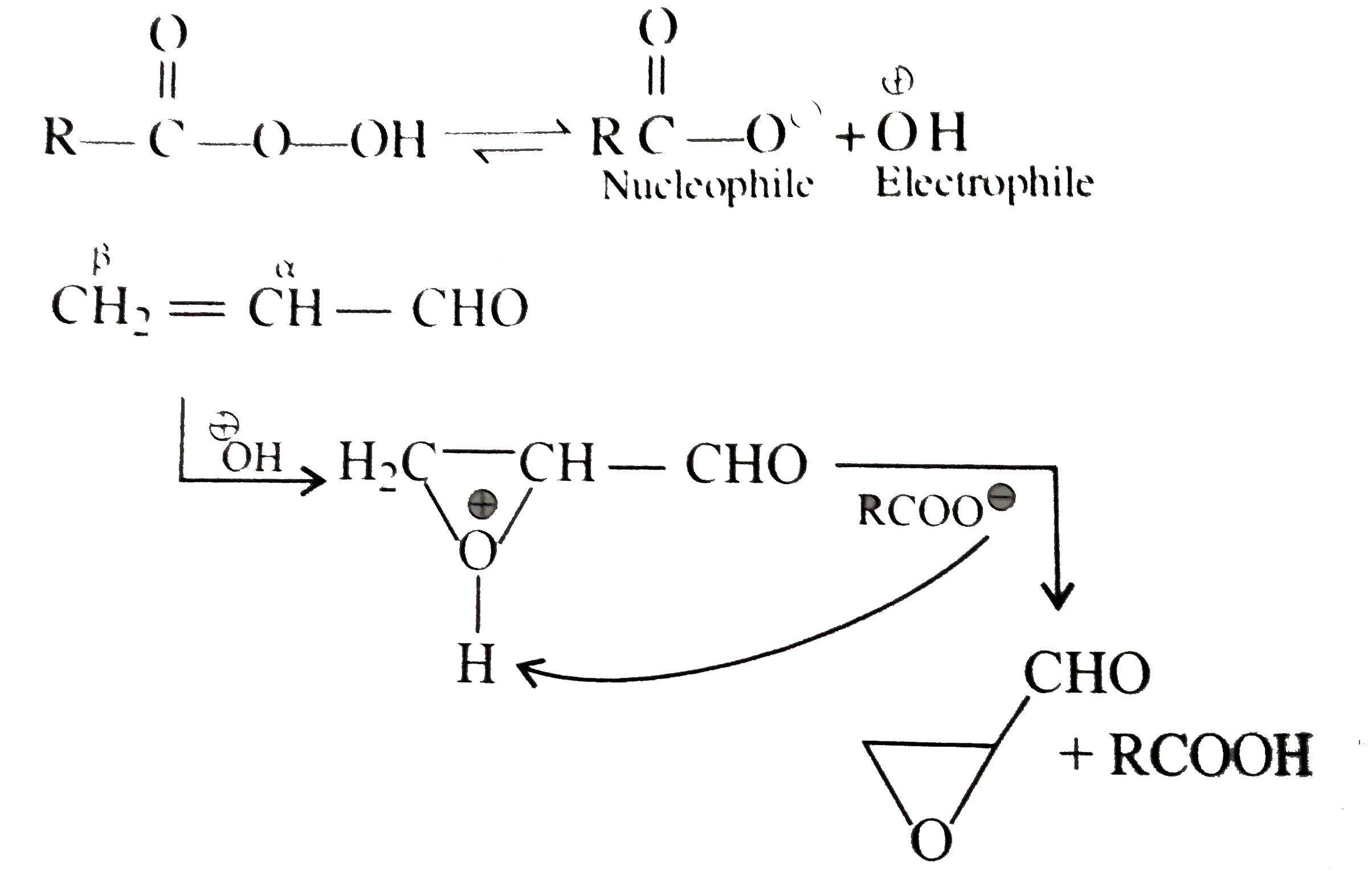
Nucleophile portion (RCOOΘ) removes H form (OH) to give epoxide.
ii. H−O−O−H+ΘOH→HConjugated base−O−OΘ+H2O
The base converts H2O2 to the conjugate base HOOΘ. The latter undergoes a Michael addition reaction with α,β-unsaturated carbonyl compounds to give reasonance-stabilised α-carbanion which removed ΘOH form the (HGO) group to give expoxide.
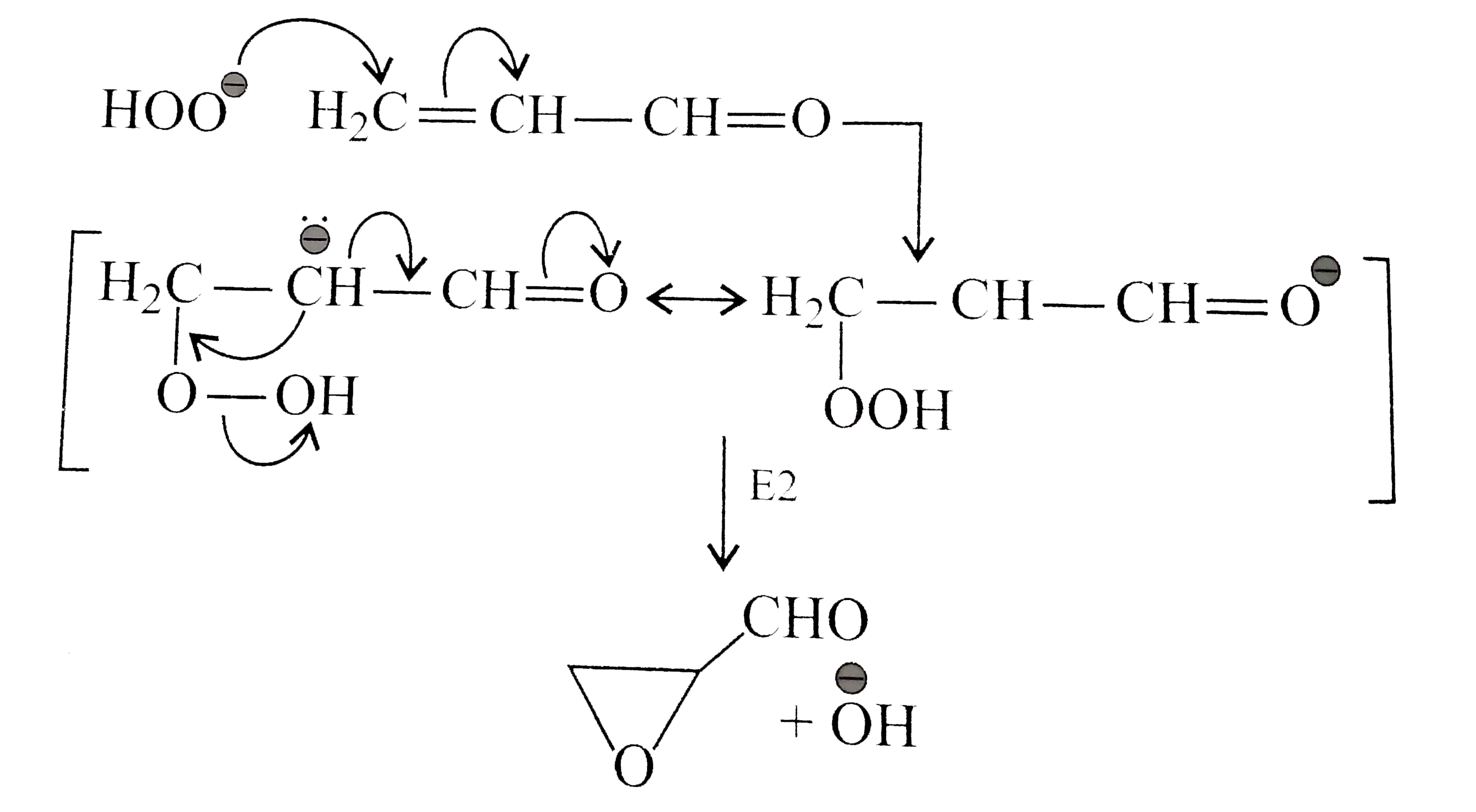
b. Epoxides formation of α,β-unsaturated compound with H2O2/ΘOH is faster since it proceeds by the formation of resonance-stabilised α-carbanino.
Topper's Solved these Questions
- ALIPHATIC AND AROMATIC ALDEHYDES AND KETONESBOOK - CENGAGE CHEMISTRYCHAPTER - ALIPHATIC AND AROMATIC ALDEHYDES AND KETONESEXERCISE - Exercises Concept Application
20 Videos
- ALIPHATIC AND AROMATIC ALDEHYDES AND KETONESBOOK - CENGAGE CHEMISTRYCHAPTER - ALIPHATIC AND AROMATIC ALDEHYDES AND KETONESEXERCISE - Exercises Linked Comprehension
59 Videos
- ALIPHATIC AND AROMATIC ALDEHYDES AND KETONESBOOK - CENGAGE CHEMISTRYCHAPTER - ALIPHATIC AND AROMATIC ALDEHYDES AND KETONESEXERCISE - Solved Examples
13 Videos
- ALCOHOL,PHENOL AND ETHERSBOOK - CENGAGE CHEMISTRYCHAPTER - ALCOHOL,PHENOL AND ETHERSEXERCISE - Archives Analytical And Descriptive
15 Videos
- AMINESBOOK - CENGAGE CHEMISTRYCHAPTER - AMINESEXERCISE - QUESTION BANK
1 Videos
Similar Questions
Explain why Cl−CH2−O−CH2−CH3 is hydrolysed more rapidly than CH3−O−CH2−CH2−Cl.
View Solutiona. Why do nucleophiles (Nu..Θ) add to the (C=C) of α−β-unsaturated carbonyl compounds but not to alkenes ?
b. Explain the formation of product in the following reaction:
CH3CH=(A)CHCHOΘOD/D2O−−−−−→CD3CH=CD.CHO(Tetradecuterated compound)(B)
c. In the following reaction, three isomers are present in the equilibrium. Which is the most stable ?
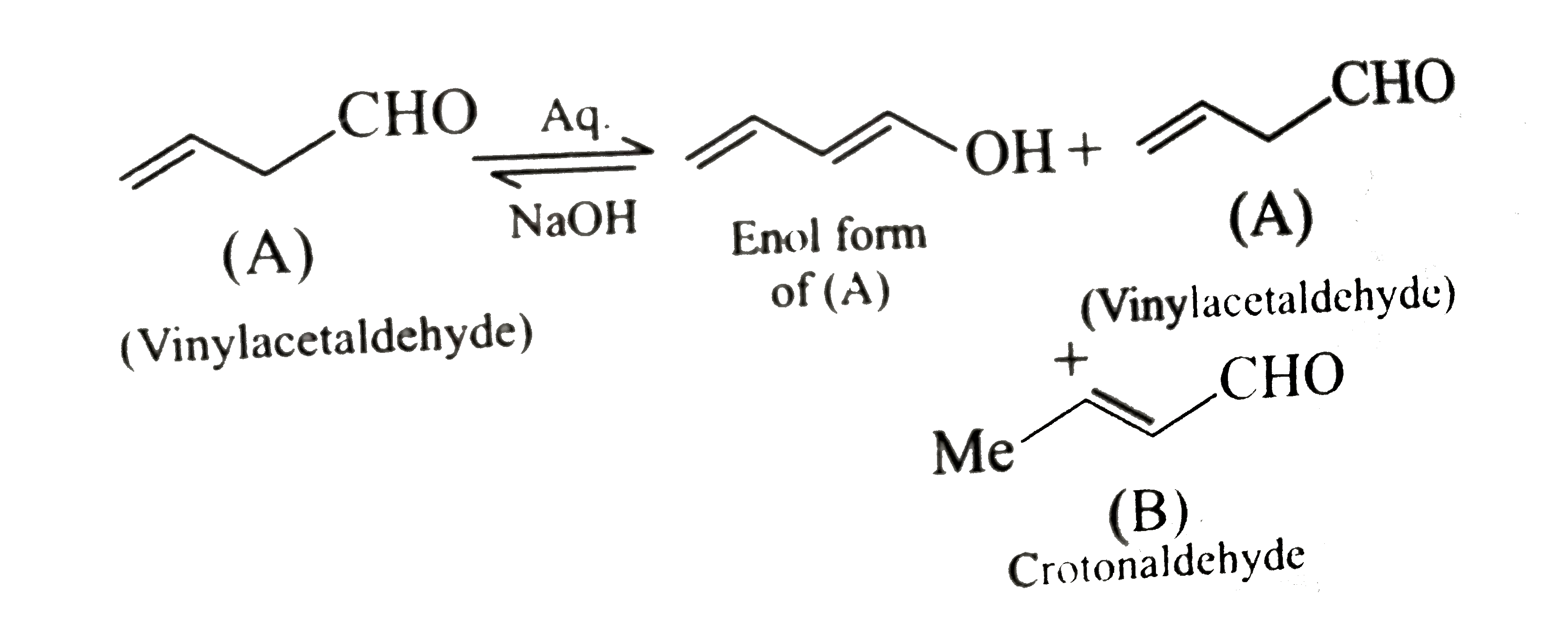
d. Explain why Michael addition is 3,4-addition.
View Solution
Knowledge Check
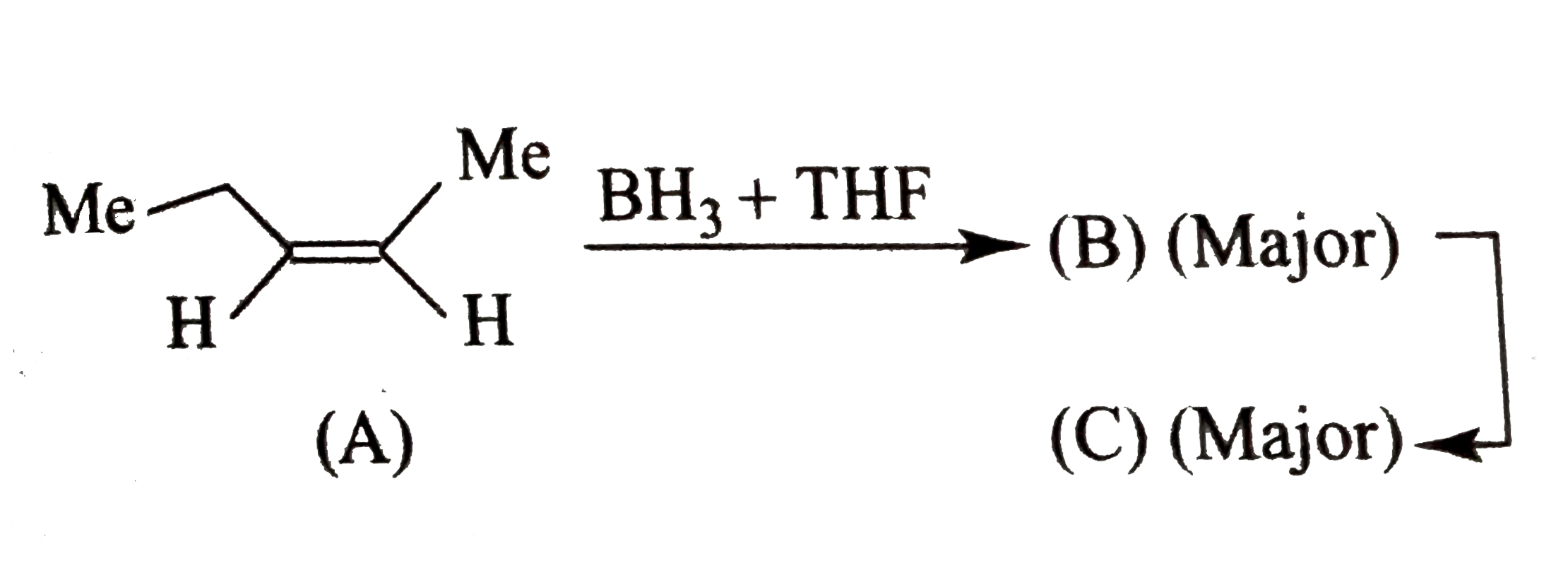 H2O2+ΘOHA
H2O2+ΘOHA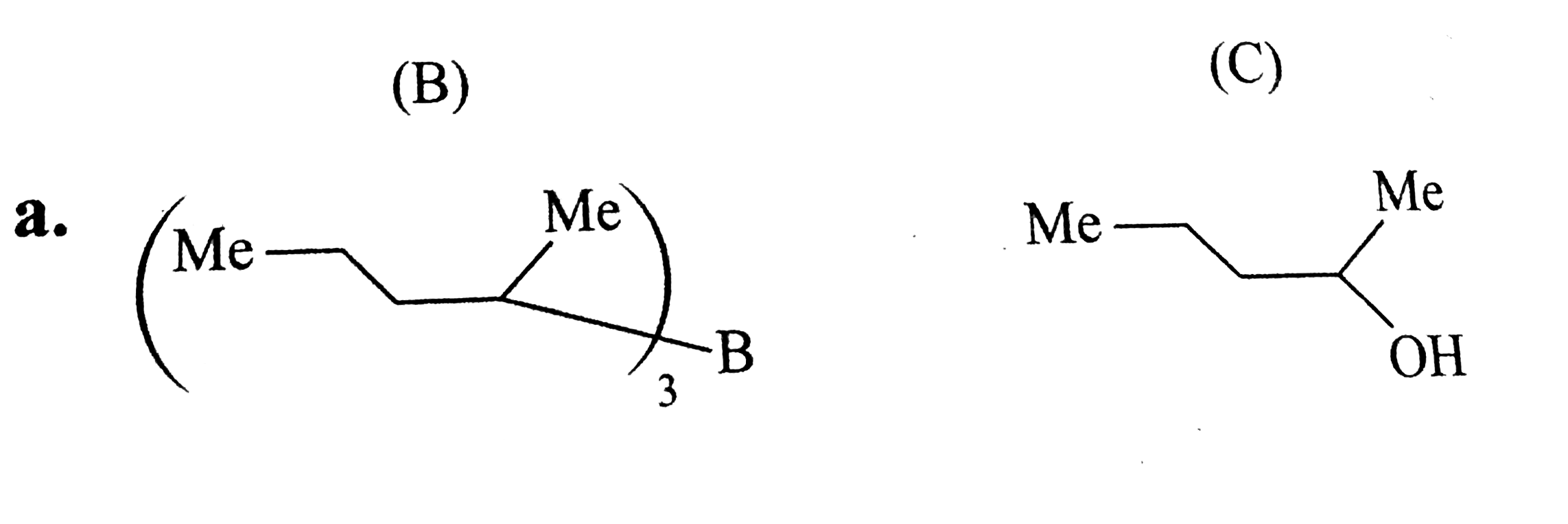 B
B C
C D
D
Cinnamci acid is fomed when C6H5−CHO condenses with (CH3CO2)O in the presence of
AConc. H2SO4BSodium acetateCSodium metalDAnhydrous ZnCI2In the following reaction the major product is
CH2=CH−CH2−H3C−CH−CH3∣S⊕−CH2Iϴ−−→A(CH3)2CH−IBCH2=CH−CH2−ICCH3−CH2−CH2−IDCH2=CH−CH2−S−CH2−CH2−CH3
Number of peroxy linkage in a H2S2O8 (Marshall acid) molecule is :
View SolutionH2S is a stronger acid than H2O. Explain
View SolutionArrange in decreasing order of acidic strengths , H2O,CH3OH,(CH3)2CHOH.
View SolutionAssertion : Glyceraldehyde reacts with Br2/H2O to form achiral compound
Reason : −CHO and −CH2OH both are oxidized
View SolutionThe product formed in the reaction
PhCH=CH2B2H6−−−−−−−→H2O2/OH−is
View Solution
